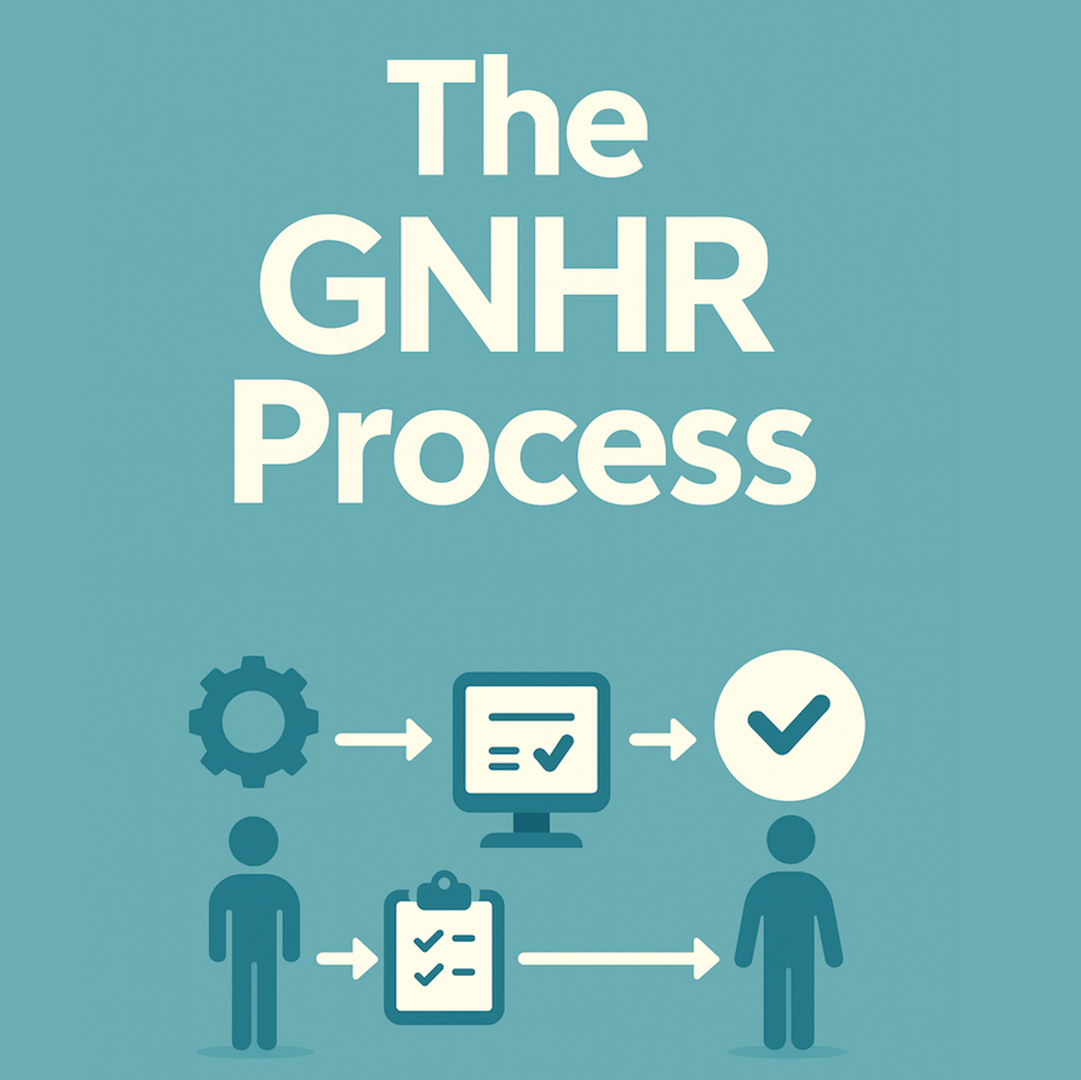The GNHR Process
GNHR’s end-to-end process combines planning, community engagement, enumeration, quality assurance, processing, integration, and continuous updates—turning household data into actionable insights for social protection across Ghana.
See the Steps Quality Assurance
1. Planning and Community Engagement
Preparation and collaboration with national and local stakeholders build trust and readiness.
GNHR works with MoGCSP, district assemblies, and local authorities to identify target areas.
Chiefs, assembly members, and leaders are engaged via radio, town halls, and info vans.
Intensive training on ethics, cultural sensitivity, tablets, and GNHR protocols.
2. Household Enumeration
Door-to-door data collection ensures every household is counted.
Enumerators visit every household for inclusiveness.
Works online and offline—syncs automatically when connected.
Demographics, education, employment, health, housing, welfare indicators.
Every household gets a unique identifier to prevent duplication.
3. Quality Assurance (QA)
Multi-layered checks protect the integrity of the registry.
Shadowing, spot checks, and revisits validate accuracy on the ground.
The app blocks impossible/incomplete entries (e.g., 5-year-old as household head).
Daily dashboards detect anomalies like duplicate numbers or age/relationship inconsistencies.
Enumerators are notified of flagged issues and must correct them before final approval.
4. Data Processing and Integration
Verified data is cleaned, secured, and prepared for national use.
Encrypted storage within the GNHR database.
Duplicates removed, missing info corrected, inconsistencies resolved.
APIs & secure protocols connect GNHR to sector systems (education, health, agriculture, poverty reduction).
Program-specific datasets (e.g., LEAP, emergency support) generated as needed.
6. Continuous Updates and Sustainability
Keeping the registry current ensures relevance and reliability.
Periodic refresh cycles register new households and update records.
Leaders and residents report gaps, errors, and new households.
Adopts new technologies and methods to stay future-ready.
Why the GNHR Process Works
Transparency
Communities are engaged at every step.
Accuracy
Multi-level QA ensures data reliability.
Inclusiveness
Every household gets the chance to be counted.
Efficiency
Digital tools reduce errors and speed up use.
Trustworthiness
Government and partners rely on GNHR data.
A People-Centered Process
The GNHR process is about more than forms and tablets—it connects Ghanaians to opportunities. Every household captured represents a family that can be linked to education, healthcare, financial support, and emergency assistance.
GNHR: The Key Registry Data Sharing & Integration